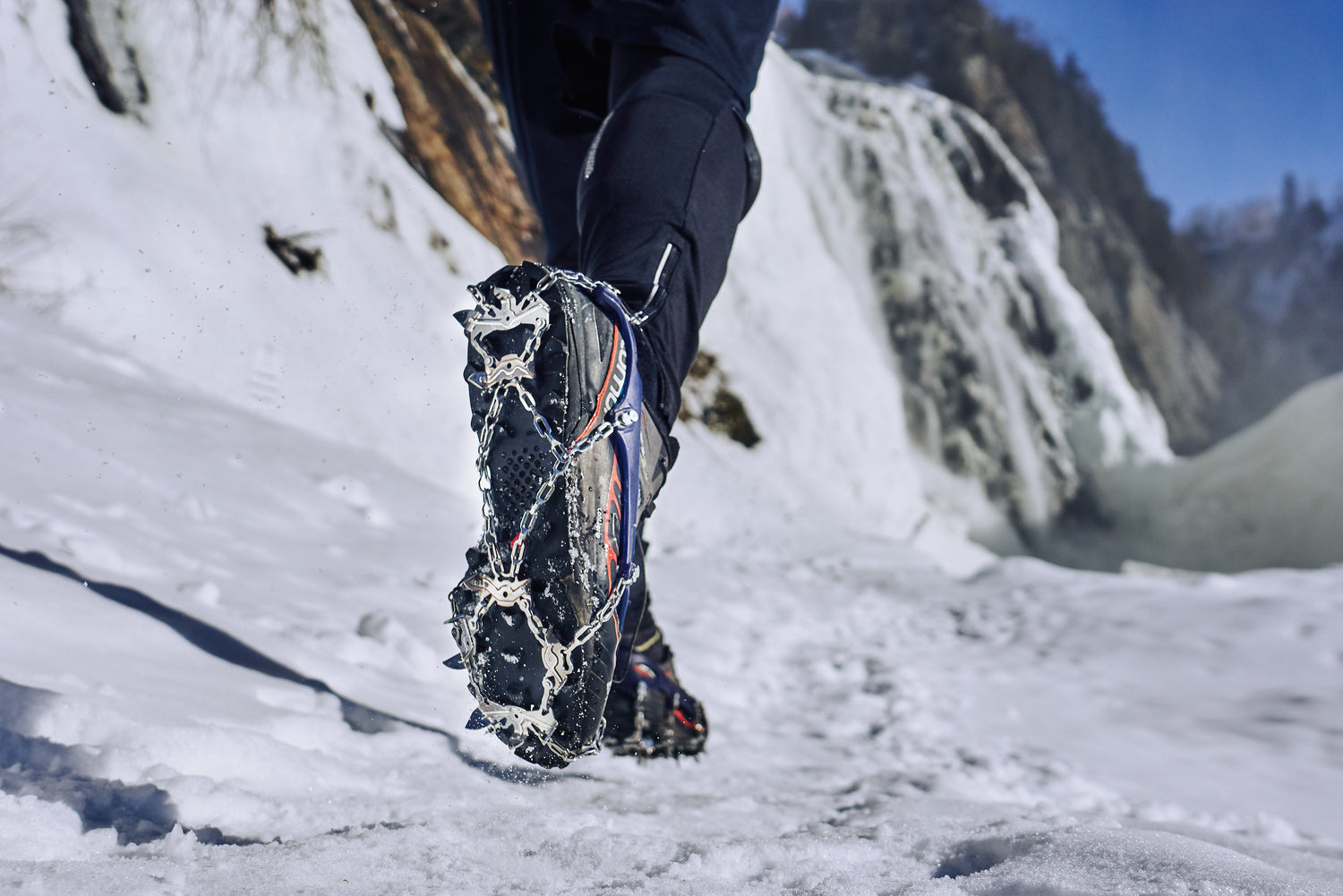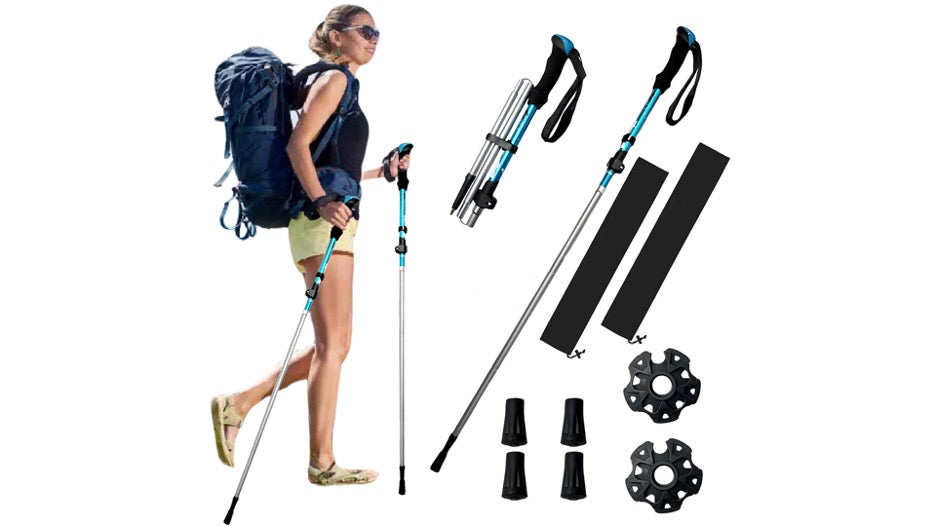When it comes to climbing icy terrains or tackling snowy mountains, having the right equipment is crucial. Among the essential gear for these adventures are crampons. But with so many options available, how do you choose the best crampons for your needs? This guide will walk you through the key considerations and help you make an informed decision.
Understanding Crampons
Crampons are traction devices that attach to footwear to improve mobility on snow and ice. They are indispensable for activities like ice climbing, glacier hiking, and mountaineering. By providing grip on slippery surfaces, crampons ensure stability and safety in challenging conditions.
Types of Crampons
There are several types of crampons, each designed for specific activities and conditions. Understanding these differences is essential in selecting the right crampons.
Strap-On Crampons
These are the most versatile type of crampons, fitting a wide range of footwear. Strap-on crampons are ideal for general mountaineering and hiking. They attach to boots with a system of adjustable straps, making them easy to use with different types of shoes, including ski boots.
Step-In Crampons
Step-in crampons are favored by technical climbers for their secure fit. They require boots with welts or grooves to lock the crampons in place. This type is best for ice climbing and technical mountaineering, where precision and security are paramount.
Hybrid Crampons
Hybrid crampons combine features of both strap-on and step-in models. They have a heel lever and toe strap, making them compatible with boots that have a heel welt but no toe welt. These crampons are a popular choice for mixed climbing and mountaineering.
Material Matters
The material of the crampons affects their weight, durability, and performance. The two main materials used in crampon construction are steel and aluminum.
Steel Crampons
Steel crampons are durable and provide excellent grip on hard ice. They are best suited for technical climbs and challenging conditions where strength and durability are required.
Aluminum Crampons
Aluminum crampons are lighter and better suited for ski touring and less technical ascents. While they are not as durable as steel, they offer a significant weight advantage, which can be crucial on long expeditions.
Key Features to Consider
When choosing crampons, several features can influence their performance and suitability for specific activities.
Number of Points
Crampons typically have between 10 and 12 points. More points generally offer better stability and grip, but they can also add weight. Twelve-point crampons are often preferred for technical climbs, while ten-point models may suffice for general mountaineering.
Front Points
The design of the front points affects how the crampons perform on different terrains. Vertical front points are ideal for ice climbing, providing a firm hold on steep ice. Horizontal front points are more versatile, offering good performance on both snow and ice.
Anti-Balling Plates
Anti-balling plates prevent snow from building up under the crampons, which can reduce traction. These plates are particularly important in wet snow conditions, ensuring that the crampons maintain their grip.
Compatibility with Footwear
Choosing crampons that are compatible with your boots is crucial. Make sure to check the manufacturer's guidelines to ensure a proper fit. Some crampons are designed specifically for ski boots, so if you're planning to ski tour, look for ski boot crampons.
Boot Compatibility
-
Strap-On Crampons: Compatible with most boots, including hiking boots and ski boots.
-
Step-In Crampons: Require boots with toe and heel welts.
-
Hybrid Crampons: Require a heel welt but no toe welt.
Best Practices for Using Crampons
Once you've selected the right crampons, it's important to use them correctly to maximize their benefits and ensure safety.
Proper Fit
Ensure that your crampons fit snugly on your boots. Loose crampons can lead to instability and accidents. Regularly check the fit, especially when using strap-on models, as straps can loosen over time.
Maintenance
Keep your crampons in good condition by cleaning them after each use. Inspect them regularly for signs of wear and tear, such as bent or broken points. Replace any damaged parts promptly to maintain optimal performance.
Practice
Before tackling a challenging climb, practice walking and climbing with your crampons in a controlled environment. This will help you become familiar with their feel and improve your technique.
Conclusion
Choosing the right crampons involves understanding the type of climbing you'll be doing and the conditions you'll encounter. By considering the type, material, features, and compatibility with your boots, you can select crampons that will enhance your climbing experience and keep you safe on icy and snowy terrains.
Whether you're a seasoned climber or a beginner, the right crampons are an investment in your safety and success. Take the time to make an informed choice, and you'll be well-equipped for your next adventure.





Leave a comment
All comments are moderated before being published.
This site is protected by hCaptcha and the hCaptcha Privacy Policy and Terms of Service apply.